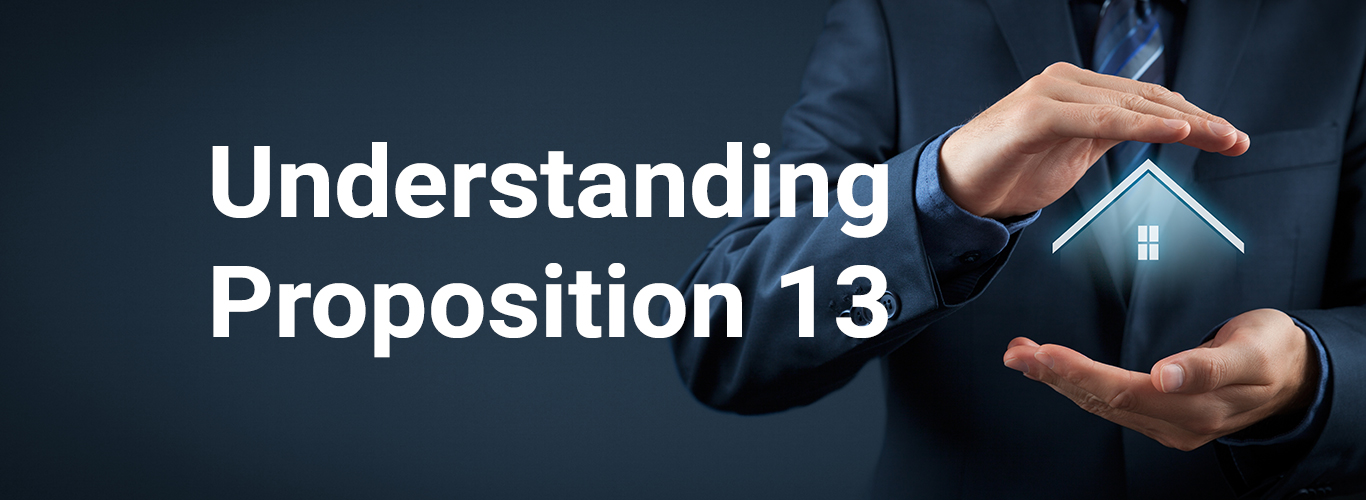“Silicon Valley’s red hot economy cooling slightly,” said Assessor Larry Stone.
Following the longest positive economic cycle since the “dot-com boom” days, County Assessor Larry Stone announced today that annual assessment roll hit $450 billion, a 7.37 percent increase over the prior year. The assessment roll reflects the total net assessed value of all real and business property in Santa Clara County as of January 1, 2017.
The growth in the assessment roll this year is due primarily to significant new construction, changes in ownership, growth in business property, the two percent increase pursuant to Proposition 13, and value restorations of properties that previously received a temporary reduction (Proposition 8) following the collapse of residential and commercial property values during the “Great Recession.” “The assessment roll also contains the value of business personal property including machinery, equipment, computers, and fixtures acquired by Santa Clara County businesses,” said Stone.
“Silicon Valley’s real estate economy is stabilizing,” said Stone. Santa Clara County has had six consecutive years of job gains, reaching a 4.1% rate of growth, better than the Bay Area overall at 3.3%, and the State at a respectable 2.6%. However in 2016, layoffs by technology companies surged 21 percent, contributing to a flattening of the rate of growth in assessed values year over year,” said Stone. Nevertheless, Silicon Valley has experienced 26 quarters, over six years, of positive office development and leasing.
“Even better, the current economic cycle is nothing like the ‘dot-com boom’ in the late 1990’s, in which real estate development was largely speculative. High tech startups, with little or no earnings, frequently leased far more space than they needed which contributed to the ‘dot-com bust.’ Tenants leased more space than they needed, expecting growth that never occurred. Today, well established companies like Google, Apple, and Samsung with real earnings and profits, are acquiring land and buildings, favoring ownership over long term leases,” said Stone.
“It is important to keep in mind that the annual assessment roll is a snapshot of the real estate market place as of January 1. Recent expressed interest by Google in downtown San Jose, or the development of the new Apple “spaceship” campus will not be fully assessed until completion and occupancy,” said Stone.
Similarly in 2016, the residential sector, both multi-family and single family, continued very strong. During 2016, homes were staying on the market longer, and multiple offers and sales above the asking Assessor’s Media Release Page 1 of 2 June 29, 2017 price were declining. Yet in the second quarter, home prices and sales surged again, up 115 percent from a year earlier.
The major beneficiaries of property tax revenue are California’s public schools and community colleges. Fifty-one percent of local property tax revenue generated in Santa Clara County goes to fund public education.
The Assessor’s Office mailed the annual assessment notice to 488,292 property owners reporting each property’s 2017-18 assessed value. The notice serves as the basis for the property tax bill mailed in the fall. Santa Clara County is one of only nine counties in California providing early notice to all property owners. “Most property owners in California learn of their assessed value for the first time when they receive their property tax bill in October,” said Stone.
What property owners can do if they disagree with the assessed values on their notice card? Property owners who disagree with the assessed value printed on their notice are encouraged to take advantage of the Assessor’s “online tool,” available 24/7, enabling property owners to review the sale of comparable properties the Assessor used to determine their assessment. An interactive service modeled after online banking, the “Opt-In Tool” allows taxpayers to securely receive assessment notices, in addition to interacting with the Assessor’s Office electronically rather than by mail, telephone, or in person. To access the data, a property owner must have a user name and password created last year, or the PIN listed in the annual assessment notice.
Property owners who can demonstrate that their assessed value is higher than the market value of their property are encouraged to request an informal review of their assessment. The Assessor’s property appraisal staff will complete as many informal reviews as possible prior to August 1. The deadline for making changes that will be reflected on the property tax bill is mailed in the fall. More information is available at www.sccassessor.org.
The annual notice also describes the process for filing a formal assessment appeal by the September 15, 2017 deadline. Last November, the fee to file an assessment appeal with the Clerk of the Assessment Appeals Board was eliminated. “I advocated for the elimination of the filing fee, and greatly appreciate the leadership of Supervisor Joe Simitian and the Board of Supervisors,” said Stone.
“Residential property owners who decide to file a formal assessment appeal, are encouraged to request their appeal be adjudicated by an independent residential Value Hearing Officer (VHO), rather than the more formal three-member Assessment Appeals Board. VHO hearings are scheduled frequently, allowing a more rapid resolution.
“Property owners who disagree with the assessed value should not wait for the tax bill before filing an appeal, as the tax bill is mailed by the Tax Collector after the assessment appeal filing deadline,” said Stone.
More information is available from the Clerk of the Board by calling (408) 299-5088 or going to their website here.
Note: Additional information, such as a detailed city-by-city breakdown of the assessment roll is available in the Assessor’s Annual Report published in August. Property owners who want to receive the Annual Report can send an email to This email address is being protected from spambots. You need JavaScript enabled to view it..



